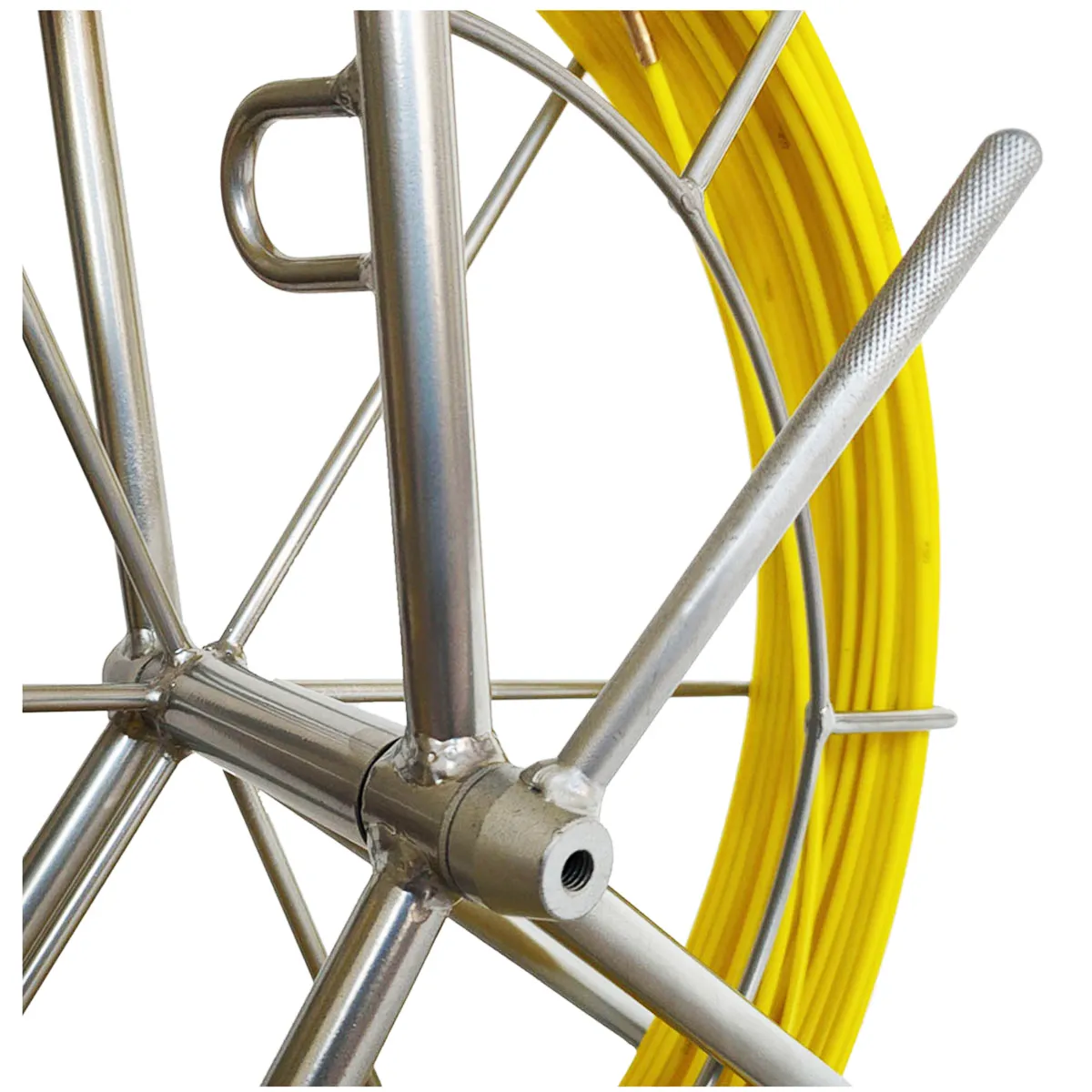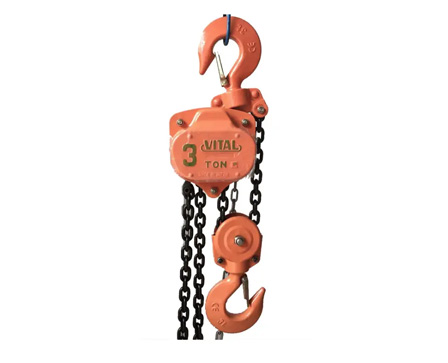
-
 Afrikaans
Afrikaans -
 Albanian
Albanian -
 Amharic
Amharic -
 Arabic
Arabic -
 Armenian
Armenian -
 Azerbaijani
Azerbaijani -
 Basque
Basque -
 Belarusian
Belarusian -
 Bengali
Bengali -
 Bosnian
Bosnian -
 Bulgarian
Bulgarian -
 Catalan
Catalan -
 Cebuano
Cebuano -
 Corsican
Corsican -
 Croatian
Croatian -
 Czech
Czech -
 Danish
Danish -
 Dutch
Dutch -
 English
English -
 Esperanto
Esperanto -
 Estonian
Estonian -
 Finnish
Finnish -
 French
French -
 Frisian
Frisian -
 Galician
Galician -
 Georgian
Georgian -
 German
German -
 Greek
Greek -
 Gujarati
Gujarati -
 Haitian Creole
Haitian Creole -
 hausa
hausa -
 hawaiian
hawaiian -
 Hebrew
Hebrew -
 Hindi
Hindi -
 Miao
Miao -
 Hungarian
Hungarian -
 Icelandic
Icelandic -
 igbo
igbo -
 Indonesian
Indonesian -
 irish
irish -
 Italian
Italian -
 Japanese
Japanese -
 Javanese
Javanese -
 Kannada
Kannada -
 kazakh
kazakh -
 Khmer
Khmer -
 Rwandese
Rwandese -
 Korean
Korean -
 Kurdish
Kurdish -
 Kyrgyz
Kyrgyz -
 Lao
Lao -
 Latin
Latin -
 Latvian
Latvian -
 Lithuanian
Lithuanian -
 Luxembourgish
Luxembourgish -
 Macedonian
Macedonian -
 Malgashi
Malgashi -
 Malay
Malay -
 Malayalam
Malayalam -
 Maltese
Maltese -
 Maori
Maori -
 Marathi
Marathi -
 Mongolian
Mongolian -
 Myanmar
Myanmar -
 Nepali
Nepali -
 Norwegian
Norwegian -
 Norwegian
Norwegian -
 Occitan
Occitan -
 Pashto
Pashto -
 Persian
Persian -
 Polish
Polish -
 Portuguese
Portuguese -
 Punjabi
Punjabi -
 Romanian
Romanian -
 Russian
Russian -
 Samoan
Samoan -
 Scottish Gaelic
Scottish Gaelic -
 Serbian
Serbian -
 Sesotho
Sesotho -
 Shona
Shona -
 Sindhi
Sindhi -
 Sinhala
Sinhala -
 Slovak
Slovak -
 Slovenian
Slovenian -
 Somali
Somali -
 Spanish
Spanish -
 Sundanese
Sundanese -
 Swahili
Swahili -
 Swedish
Swedish -
 Tagalog
Tagalog -
 Tajik
Tajik -
 Tamil
Tamil -
 Tatar
Tatar -
 Telugu
Telugu -
 Thai
Thai -
 Turkish
Turkish -
 Turkmen
Turkmen -
 Ukrainian
Ukrainian -
 Urdu
Urdu -
 Uighur
Uighur -
 Uzbek
Uzbek -
 Vietnamese
Vietnamese -
 Welsh
Welsh -
 Bantu
Bantu -
 Yiddish
Yiddish -
 Yoruba
Yoruba -
 Zulu
Zulu


TEL:
0086-311-88862036
يانۋار . 13, 2025 15:53 Back to list
fishing wire through conduit
Fishing wire through conduit is an essential skill for any professional or DIY enthusiast involved in electrical projects. It ensures that electrical wiring is safely and efficiently installed within a home or building. With over a decade of hands-on experience in electrical installations, I am sharing insights that will not only enhance your understanding but also streamline your workflow.
During the pulling phase, employing a partner can be extremely helpful. One person feeds and guides the wire while the other pulls the fish tape or rod. This synchronous operation reduces the risk of wire damage or stress. Lubricants specifically designed for wire pulling can also mitigate friction, making the process significantly easier, especially for longer distances. Trust in this method lies not just in its efficiency but in its adherence to safety protocols. Always ensure that the system is de-energized before starting your task. This simple yet often overlooked step is imperative for safety and compliance with electrical codes. Additionally, staying updated with the latest tools and techniques is part of the professional development in this field. Many manufacturers provide innovative solutions, such as glow-in-the-dark rods or advanced polymer fish tapes, which increase visibility and decrease the risk of breakage. When investing in tools for fishing wire, prioritize quality and durability. Well-crafted tools, though perhaps more costly upfront, save time and reduce the likelihood of failure. In conclusion, mastering the art of fishing wire through conduit demands a combination of the right tools, efficient techniques, and a commitment to safety and quality. Whether you're a seasoned electrician or an ardent DIYer, these insights align with industry standards to ensure reliability and precision in every project. By integrating these practices, one not only executes tasks effectively but also builds credibility in the electrical field.


During the pulling phase, employing a partner can be extremely helpful. One person feeds and guides the wire while the other pulls the fish tape or rod. This synchronous operation reduces the risk of wire damage or stress. Lubricants specifically designed for wire pulling can also mitigate friction, making the process significantly easier, especially for longer distances. Trust in this method lies not just in its efficiency but in its adherence to safety protocols. Always ensure that the system is de-energized before starting your task. This simple yet often overlooked step is imperative for safety and compliance with electrical codes. Additionally, staying updated with the latest tools and techniques is part of the professional development in this field. Many manufacturers provide innovative solutions, such as glow-in-the-dark rods or advanced polymer fish tapes, which increase visibility and decrease the risk of breakage. When investing in tools for fishing wire, prioritize quality and durability. Well-crafted tools, though perhaps more costly upfront, save time and reduce the likelihood of failure. In conclusion, mastering the art of fishing wire through conduit demands a combination of the right tools, efficient techniques, and a commitment to safety and quality. Whether you're a seasoned electrician or an ardent DIYer, these insights align with industry standards to ensure reliability and precision in every project. By integrating these practices, one not only executes tasks effectively but also builds credibility in the electrical field.
Latest news
What Are Construction Tools and How Are They Used?
NewsJul.11,2025
Professional-Grade Duct Rodding Tools for Superior Cable Installation
NewsJul.11,2025
Enhancing Safety and Efficiency with Modern Hot Stick Solutions
NewsJul.11,2025
Empowering Cable Installation with Advanced Rodder Solutions
NewsJul.11,2025
Elevate Your Cable Installation Projects with Cable Pulling Tools
NewsJul.11,2025
Efficient Cable Handling Solutions: Cable Rollers for Sale
NewsJul.11,2025
Copyright © 2025 Shijiazhuang Bilo Import and Export Trading Co., Ltd. All Rights Reserved. Sitemap | Privacy Policy

BlLo lmport & Éxport is specialized in power and cable equipment andconsiruction tools,Qur main producis are FRP
duct rodder, cable rollerscable pulling winch, cable drum jack, cable pulling sock, etc.
Copyright © 2025 Shijiazhuang Bilo Import and Export Trading Co., Ltd. All Rights Reserved. Sitemap | Privacy Policy










